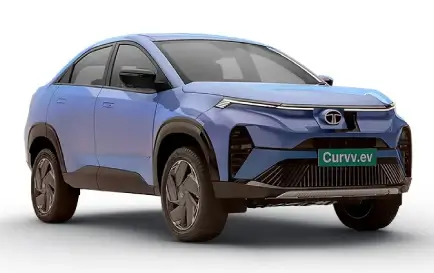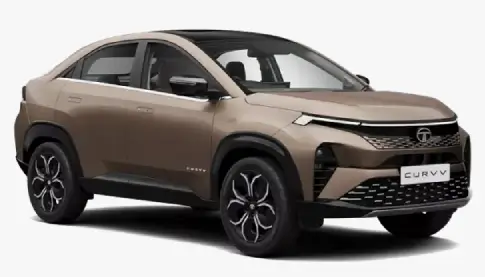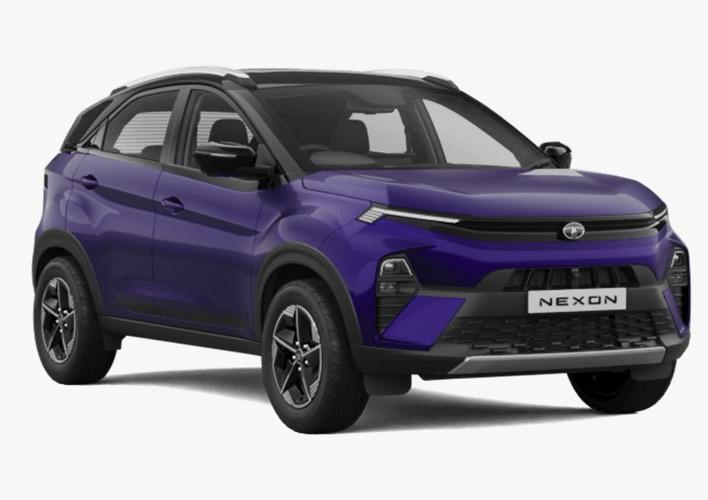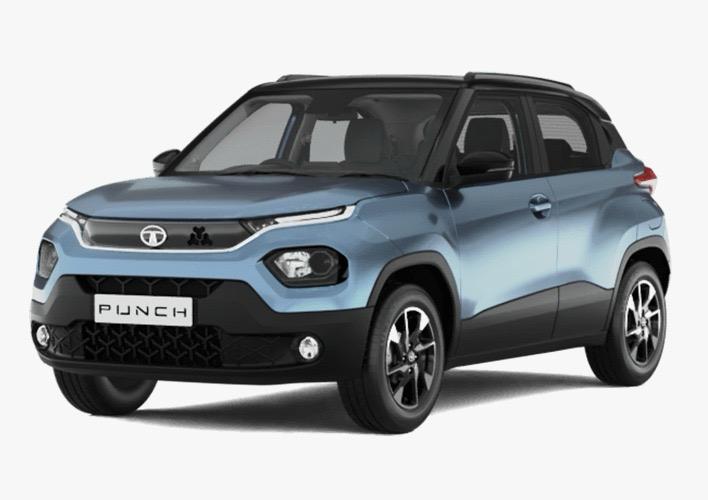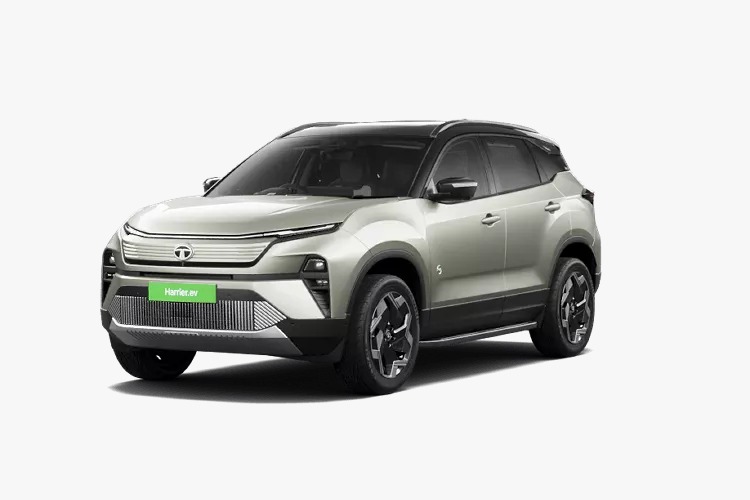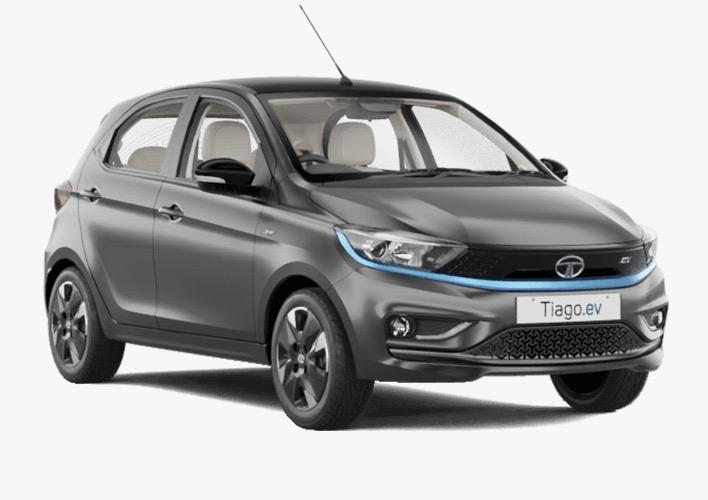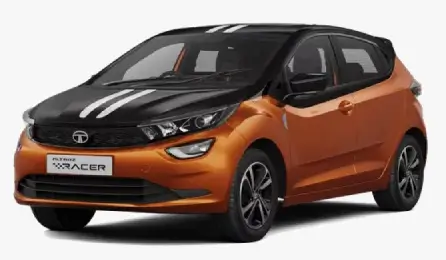Your Shopping Cart Is Empty
- Never drive through water if it flows above the stone guard or above the tyre centerline
- The engine may get seriously damaged if attempts are made to cross through deep water
- If at all the situation demands that you have to drive through water even at great risk then,
- Keep the engine in fast idling and crawl in low gear
- After driving through water, apply brakes several times to dry the liners and to regain original braking
- Check the engine and transaxle for any water ingress
- Push/tow the car to a safe place
- Take the car to the nearest Authorized Service outlet to check for water in the engine
- If there is water in the engine, change the lubricant in the engine and transaxle
- Check wiper blades for proper functioning
- Check brakes, steering and windows
- Check tyres for wear and tyre pressure. Worn out tyres are unsafe on wet roads
- Avoid harsh braking and sharp turns. It may cause loss of steering control and lead to the car skidding
- For slowing down, shift to lower gears and apply brakes gently
- Keep lights on, if visibility is poor
- Use heater and demister if required, to clear mist off the windshield
- Select the lower gear and start off smoothly. Apply power gently so there is no loss of traction by over-revving of the engine
- Choose as smooth a slope as possible and select the appropriate gear so that gear changing in the middle of the climb is not required
- Changing gears in the middle of the climb can cause loss of momentum and engine stalling. Shifting to lower gear has to be done cautiously to avoid loss of traction
- Under no conditions should the vehicle be moved diagonally across a hill. The danger is in loss of traction and sideways slippage, possibly resulting in tipping over
- If unavoidable, choose as mild an angle as possible and keep the vehicle moving
- If the wheels starts to slip within few feet of the end of the climb, motion can be maintained by swinging the steered wheels left and right, thereby providing increased grip
- If the vehicle stalls or losses headway while climbing a steep hill, make a quick shift to reverse and allow the vehicle to move back with the control of engine compression
- Select the lower gear and depending on the severity of the gradient, shift into appropriate gear
- Use engine braking judiciously without over-revving the engine
- Brake application under such situations should be done very smoothly to avoid loss of control
- Select appropriate gear so that gear changing or clutch disengagement is not involved while descending the gradient
- The best way to tow a car is by using a cracker
- Alternatively use a rigid tow bar
- Avoid using a flexible cable or rope as your car may crash into the car towing your car when it stops suddenly
- Switch "on" the hazard warning signals of both the cars to warn other road users
- Where possible, keep the engine idling so that power steering assistance and brake vacuum are available
- Limit the speed to 20 - 30 kmph
- In case of brake failure, use the parking brake to control the car
- Boltable tow hook is provided in the toolkit
- Remove cover on rear bumper
- Bolt the tow hook (ensure proper fitment)
- Whenever tow hook is not required unscrew the tow hook and keep it in toolkit
- Press the cover to close the hole for tow hook in rear bumper

